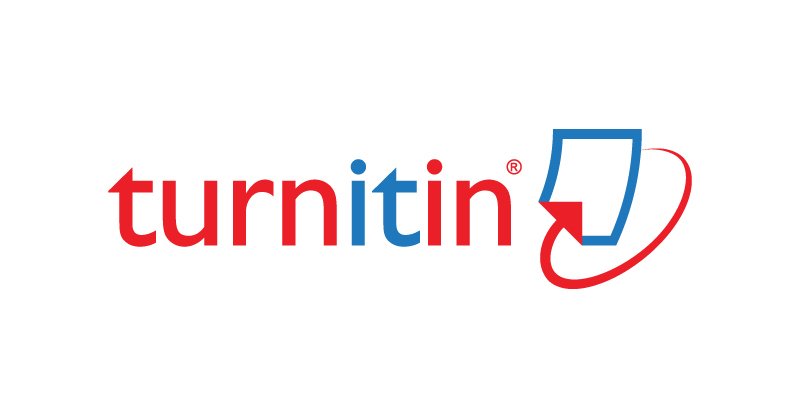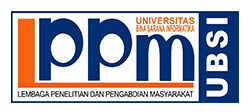Illocutionary Acts in Kenny Sebastian's Stand-Up Comedy YouTube Videos
Abstract
This research identified the use of illocutionary acts in Kenny Sebastian’s stand-up comedy performances on YouTube, focusing on their role in humor and audience engagement. The research employs a qualitative descriptive method by analyzing three performances, identifying 198 illocutionary acts consisting of representatives (67), directives (54), commissives (11), expressives (49), and declarations (17). Data were categorized using Austin and Searle’s (1979) classification. The findings show that representatives, as the most frequent type, function to criticize, reflect, and describe situations humorously. Directives engage the audience by prompting responses, while expressives convey emotions such as amusement, sarcasm, or gratitude. Commissives contribute to comedic exaggeration through promises or refusals, and declarations create dramatic or authoritative comedic effects. These results highlight how illocutionary acts shape comedic narratives and enhance audience interaction. Future research could explore how different comedy styles or cultural contexts affect the use of speech acts in stand-up comedy.
Full Text:
PDFReferences
Aarons, D., & Mierowsky, M. (2017). How To Do Things with Jokes: Speech Act in Standup Comedy. European Journal of Humour Research, 5(4), 158–168. 10. 10.7592/EJHR2017.5.4.aarons
Abdalhakeem, H. S., & Mubarak, S. A. (2019). The Humourous Effect of the Inappropriateness of Speech Acts in the Sitcom of Still Standing. Dirasat, Human and Social Sciences, 46, 771–784. I: 10.35516/0103-046-988-054
Abrahams, D. (2020). Winning Over the Audience: Trust and Humor in Stand-Up Comedy. The Journal of Aesthetics and Art Criticism, 491–500. 10.1111/jaac.12760
Austin, L. J. (1962). How to Do Things with Words. Oxford University Press.
Chairani, M., Sofyan, D., & Hardiah, M. (2020). Illocutionary and Perlocutionary Acts on Youtube Videos Employed by Niana Guerrero. Journal of English Education and Teaching, 4(3), 413–430. https://doi.org/10.33369/jeet.4.3.413-430.
Cresswell, J. W. (1994). Research Design: Qualitative and Quantitative Approaches. Sage.
Hendriyani, S., & Pratiwy, D. (2024). ILLOCUTIONARY SPEECH ACTS IN TAYLOR JENKIS REID’ S NOVEL MALIBU RISING. Journal of Language, 6(2), 467–475. http://repository.uisu.ac.id/handle/123456789/4140
House, J., & Kádár, D. Z. (2023). Speech acts and interaction in second language pragmatics: A position paper. Language Teaching, 1–12. https://doi.org/10.1017/s0261444822000477
Juliantina. (2020). PRAGMATICS FUNCTIONS OF PERLOCUTIONARY ACT IN LEVELED READING BOOK. 12(2), 1–23. https://doi.org/10.37755/jsbi.v12i2.298
Safitra, Z., Saifullah, A. R., & Syihabuddin. (2024). AN ANALYSIS OF THE ILLOCUTIONARY FORCE OF A STALKER IN “CAN I TELL YOU A SECRET?”: A FORENSIC LINGUISTICS PERSPECTIVE. Wiralodra English Journal, 2(8), 214–124. https://doi.org/10.24071/joll.v24i1.7122
Sbisa, Marina, & Turner, K. (2013). Locution, illocution, perlocution. In: Pragmatics of Speech Actions. In Handbook of Pragmatics2 (Issue May). https://doi.org/10.1515/9783110214383.25
Searle, J. (1979). Expression and Meaning:Studies in the Theory of Speech Acts. Cambridge University Press.
Solehah, Maratu, Anita, Anita, Rohbiah Tatu Siti. (2022). An Analysis of Presupposition on The Main Characters of Frozen Movie Script. Wanastra: Jurnal Bahasa dan Sastra. 14(1), 72-76. https://doi.org/10.31294/wanastra.v14i1.10990
Wijana, I. D. P. (2021). On Speech Acts. Journal of Pragmatics Research, 3(1), 14–27. https://doi.org/10.18326/jopr.v3i1.14-27
Yuliani, W. (2018). Metode Penelitian Deskriptif Kualitatif Dalam Perspektifbimbingan Dan Konseling. Quanta, 83–91. https://doi.org/10.22460/q.v2i2p83-91.1641
DOI: https://doi.org/10.31294/wanastra.v17i1.25279
Copyright (c) 2025 Ela Risnawati, Dewi Kustanti, Dian Budiarti

This work is licensed under a Creative Commons Attribution-ShareAlike 4.0 International License.
Index by:
Published by Department of Research and Community Service (LPPM) Universitas Bina Sarana Informatika by supported Relawan Jurnal Indonesia
Jl. Kramat Raya No.98, Kwitang, Kec. Senen, Jakarta Pusat, DKI Jakarta 10450

This work is licensed under a Creative Commons Attribution-ShareAlike 4.0 International License






